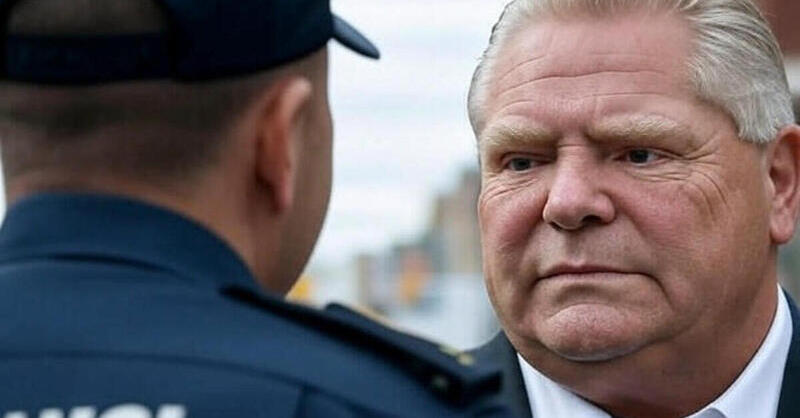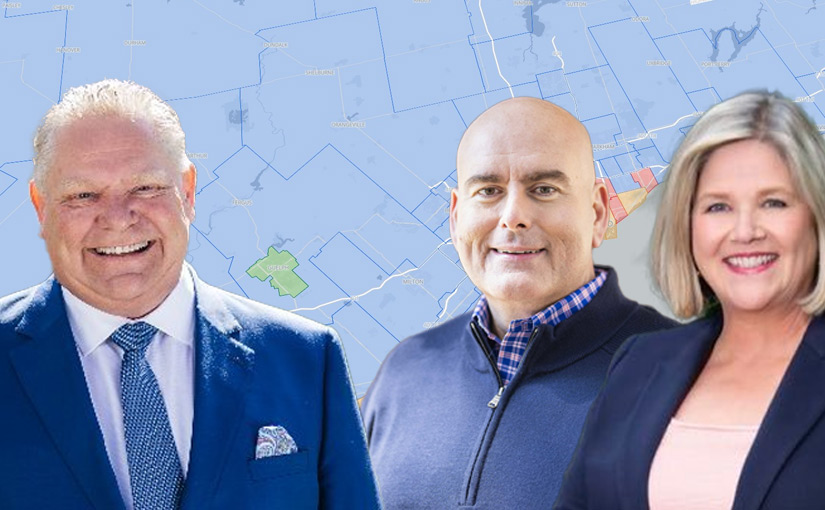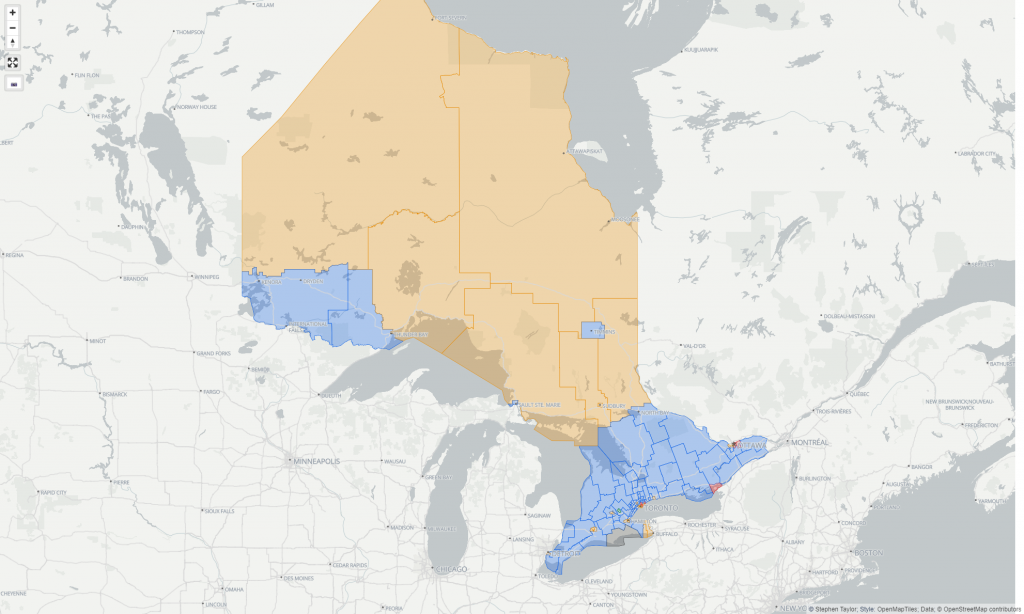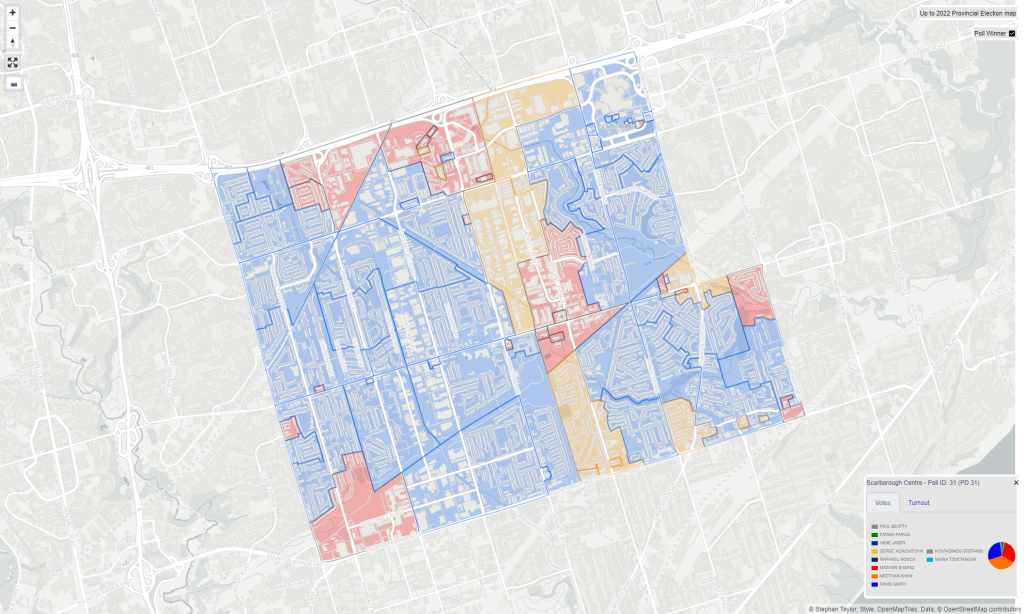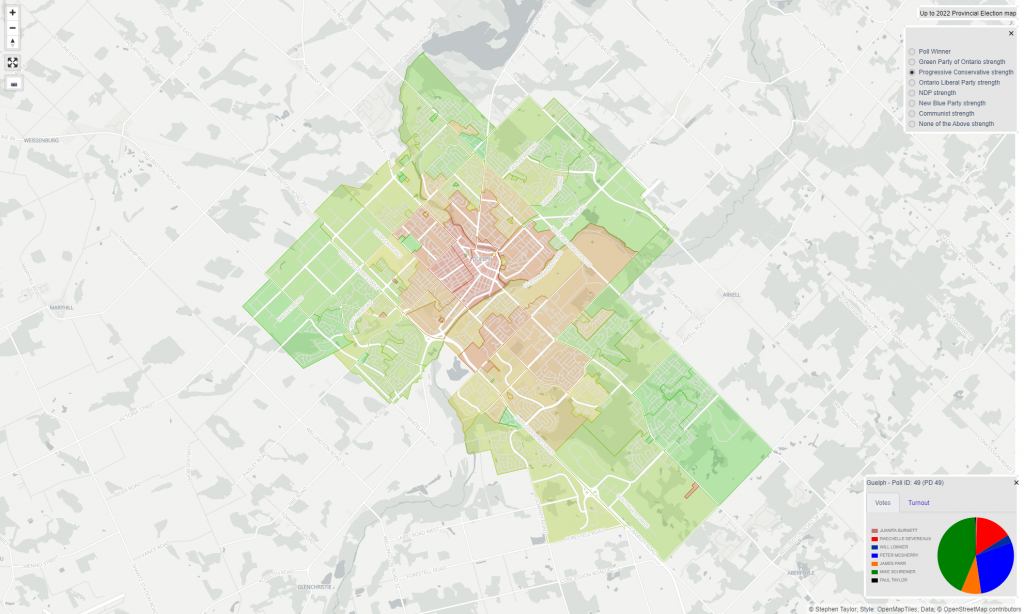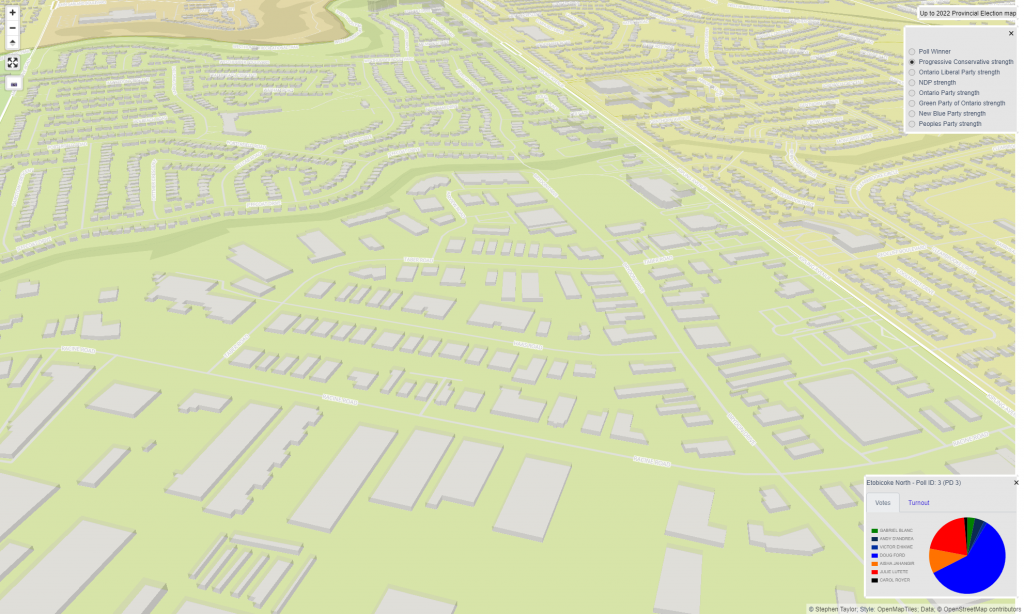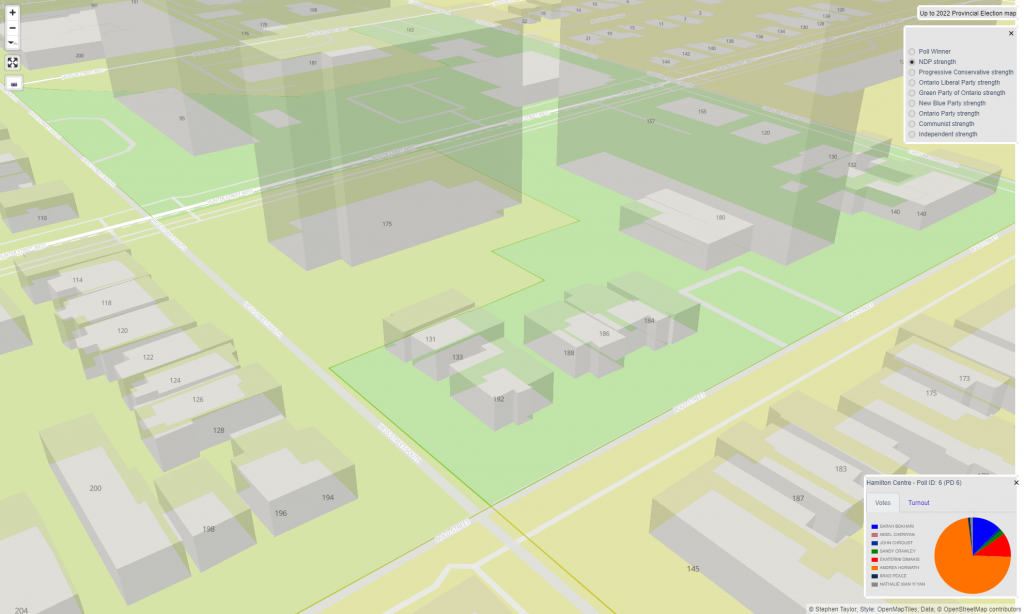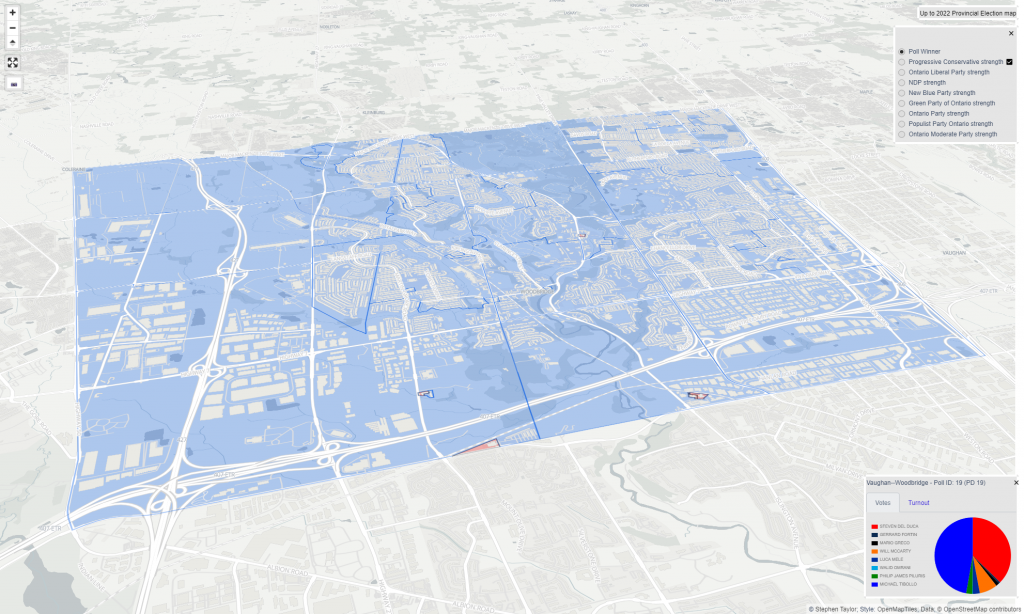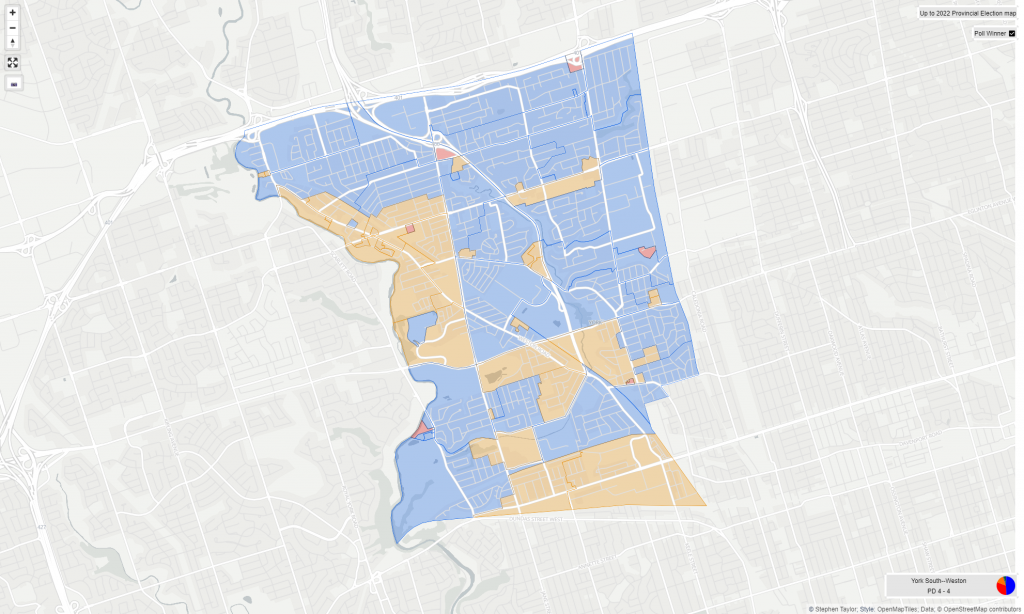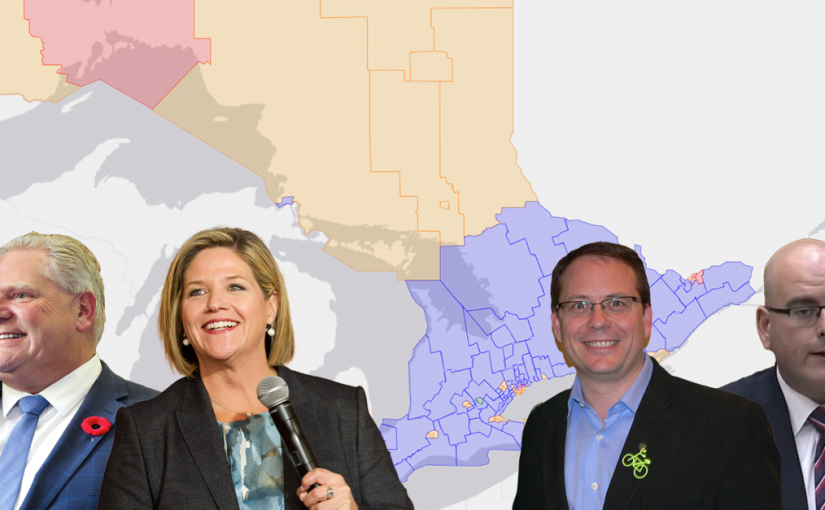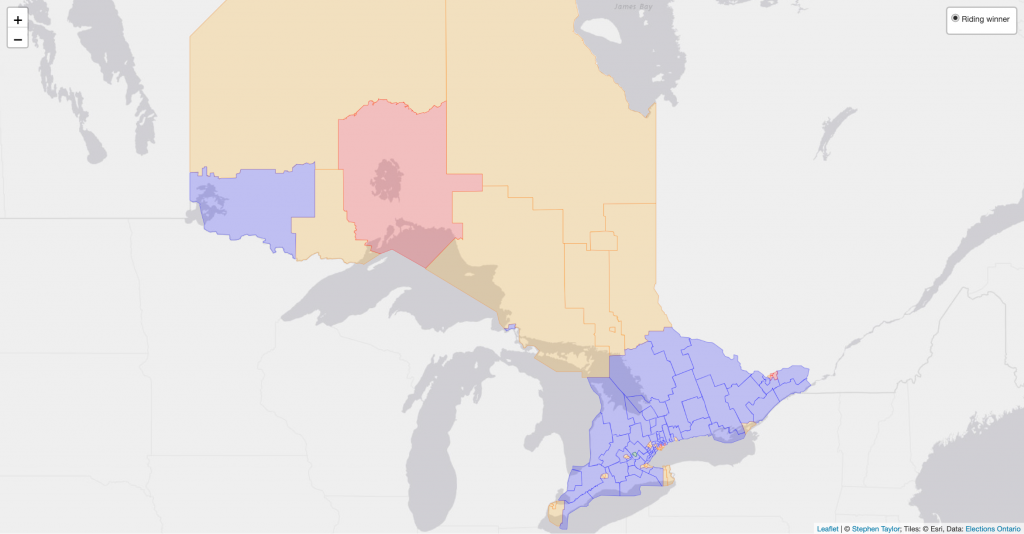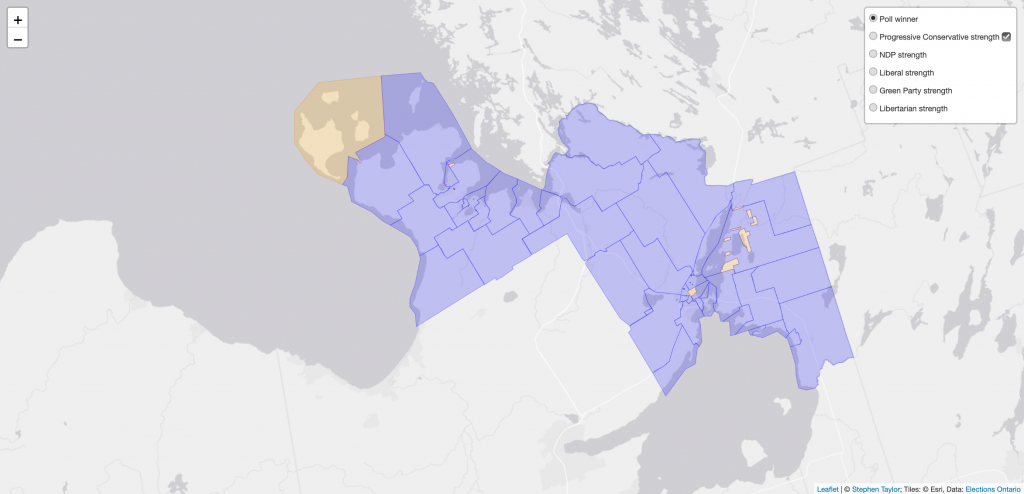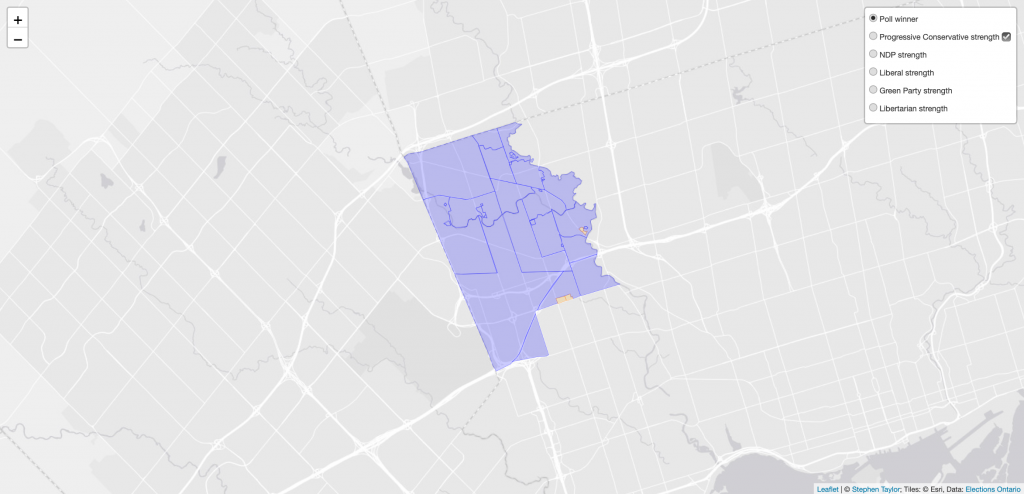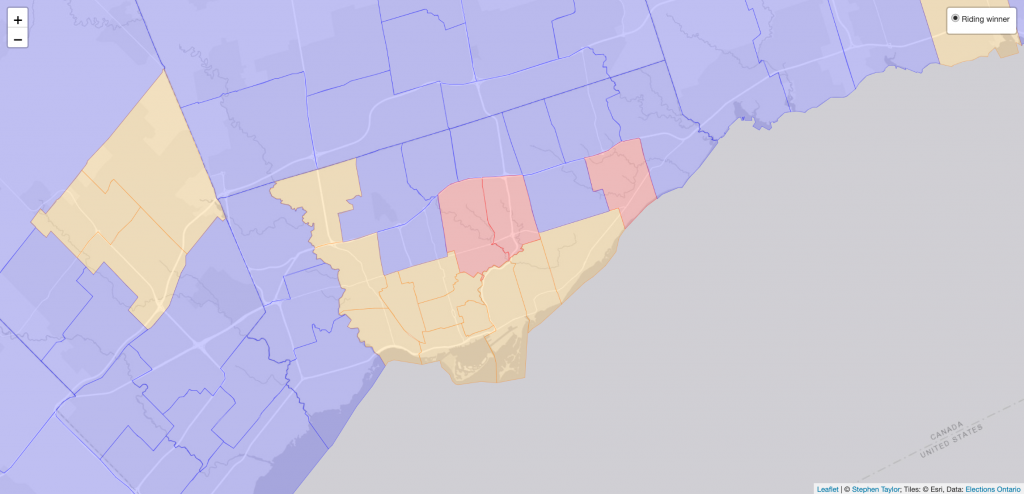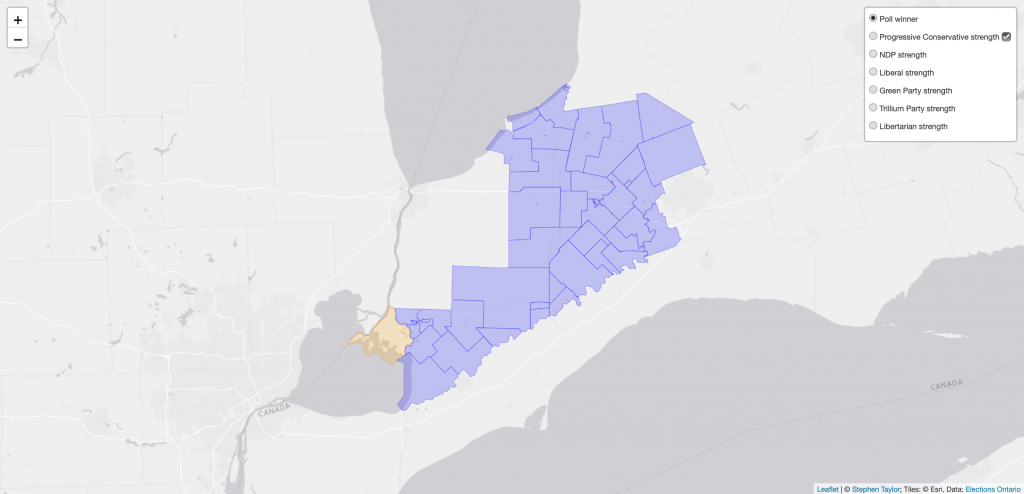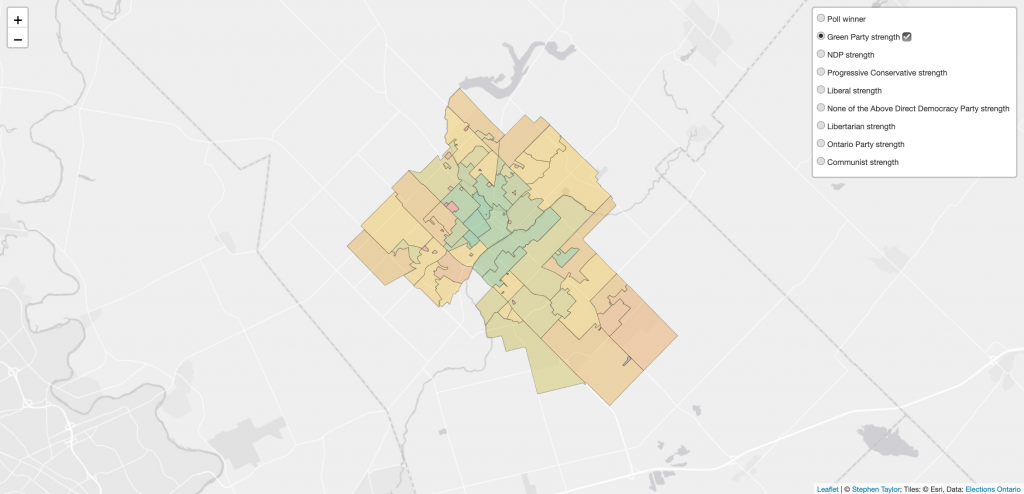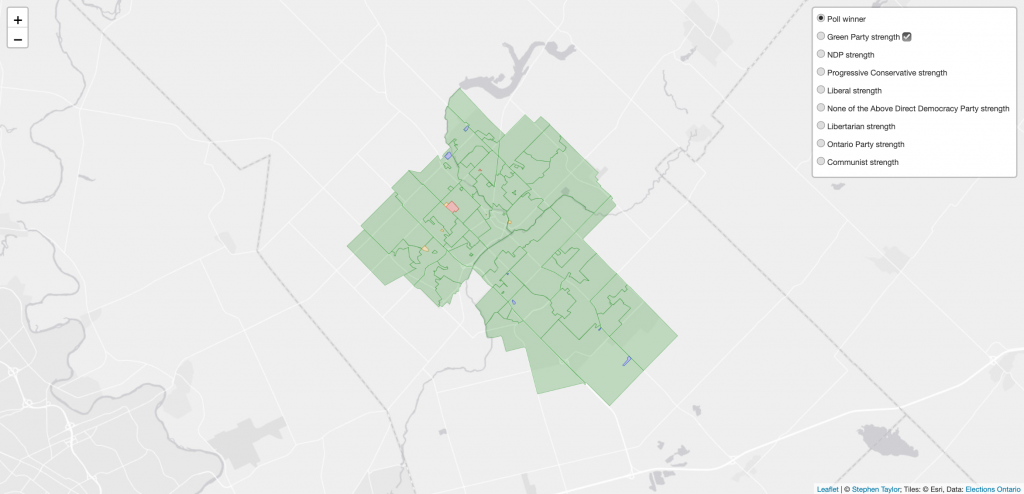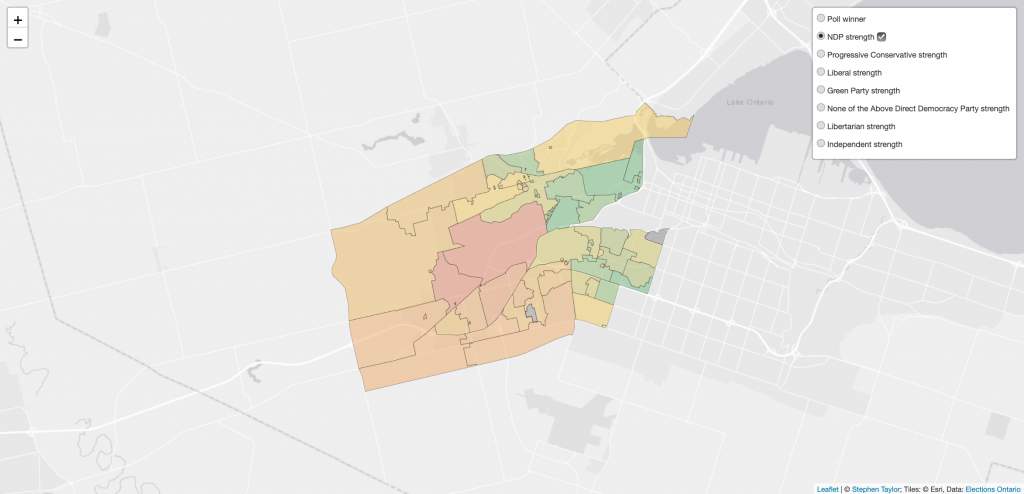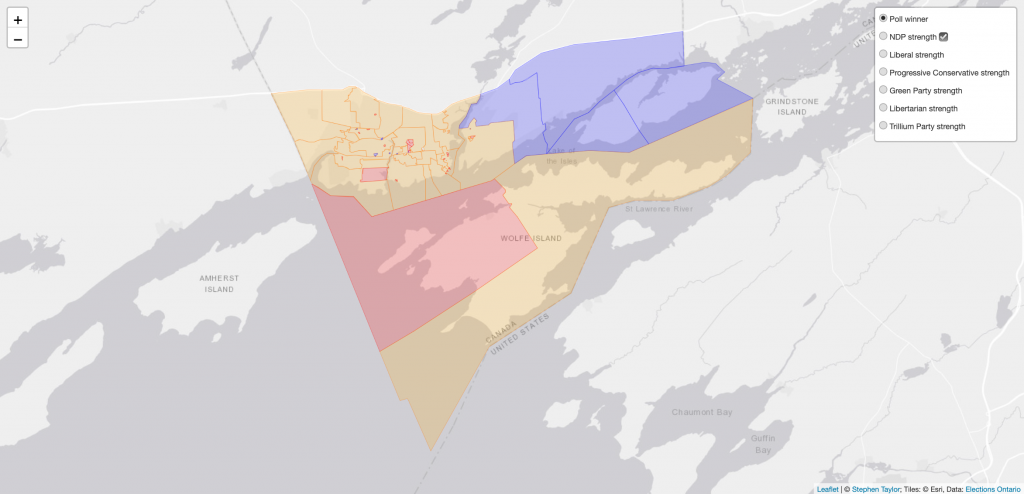Some of Toronto’s brightest criminals tried to steal Ontario Premier Doug Ford‘s car out of his driveway this morning.
Two police cruisers gave chase and officers arrested four suspects including a 16 year old and a 17 year old.
While giving credit to the police, Ford went on what he described as a rant, slamming the Canadian justice system and ‘weak kneed’ judges.
Here’s a rough transcript, clean up a bit.
Here’s my rant.
First of all, Chief Nish, Chief Demkiw, and all the chiefs are absolute champions. They just did a massive bust — 500 kilos of cocaine. These drug dealers wanted to poison our kids and our people. Just imagine that — 500 kilos. They worked with the DEA, the U.S. Drug Enforcement Agency, border patrol, and other police agencies. The OPP Commissioner, Commissioner Carrique, is amazing on the joint task force.
But guess what? These weak-kneed judges let them back out on the street. It was the biggest drug bust in Peel’s history, and except for one person, they were all released. Can you believe that? The largest drug bust in Peel’s history — 500 kilos of cocaine that could kill people — and the judges gave them a slap on the wrist. “Okay, little Johnny, go out and deal more drugs.” Why not just hand them more?
The system is broken. I’ll be all over the Prime Minister and the federal government until we get bail reform. These people are terrorizing our neighbuorhoods and feeding drugs to our citizens. The Criminal Code needs to be changed. Bail reform must happen. I’ll keep pushing until it gets done. Enough with the 10 years of dithering — “We’re going to do it, we’re not going to do it.” The Prime Minister gave me his word — now it has to happen.
Then, yesterday, there was another bust — 15 people. These were the tow truck guys and others intimidating and extorting people. They’d call and say, “Pay up or we’ll shoot up your house.” And then they actually went and did it. But again, the kind-hearted judges let them all out on bail — even though some were already on bail or probation. What is happening to this country? These criminals are running amok and terrorizing neighborhoods. It’s disgusting. Something has to change.
And then there was the guy whose car was about to be stolen. These thugs came up in masks. He was a hunter or something, and he fired a shot into the air — I don’t recommend that, by the way. But he got charged. I want to find out who he is and raise funds for his legal fees. He should get a medal. We need something like the Castle Law in the U.S. If someone breaks into your home, threatening your family, you’re going to fight like never before — with anything you have. These thugs shouldn’t be in your house.
Now I’ll tell you a story — maybe I’ll get in trouble for this. You know those “stupid criminals” shows? Four thugs came racing down my street in masks, ready to steal the car in my driveway. But at 12:30 a.m., two police cars were there. The chase was on. One guy fled but got caught. They got the others too.
But just imagine the people who don’t have security at their homes. These guys had all the tools to break in. And guess what’s going to happen? They’ll be back out again. I might as well invite them for a barbecue — I’d treat them better than the justice system does.
Thank God the police got them and not me.
I’m sick and tired of the weak justice system. It needs a backbone. We need to start throwing these people in jail. This is turning into a lawless society.
That’s my rant.
Ontario Premier Doug Ford – June 17th, 2025
A couple of interesting items to note. In Ottawa, Federal Conservative leader Pierre Poilievre has been pushing the same message for years now regarding Canada’s broken justice system — in particular the need for bail reform.
Tow truck crime and chaos
First, Ford mentions tow truck driver extortion and crime.
Conservative MP Tim Uppal tabled Bill C-381 – Protection Against Extortion Act to re‑establish mandatory minimum sentences for extortion in the Criminal Code, including harsher penalties when firearms or criminal organization involvement are present. The opposition has argued extortion has surged under the Liberals: +218% nationwide since 2015, with Ontario, Alberta, B.C. particularly hit.
What is Castle Law in Canada?
Next, Ford advanced the idea of Castle Law – the American legal doctrine that designates a person’s home (and sometimes their vehicle or workplace) as a place in which they have special rights to use force, including deadly force, to defend themselves against intruders, without a duty to retreat.
This is a significant policy suggestion by the Premier. Ontario is dealing with more crime and homeowners must fend for themselves while waiting for police to arrive. Worse, the revolving door of the justice system often sees violent offenders released the same day to re-offend.
Ontario home defence
Recent cases have highlighted the discussion on homeowner defence.
In Milton, police charged Ali Mian with second-degree murder after fatally shooting an armed intruder who broke into his home in 2023 while his mother was present.
Mian, a licensed firearm owner, fired a single shot during the attempted home invasion that involved multiple masked intruders.
Police arrested and charged Mian, but the Crown prosecutors later withdrew the murder charge in July of that year, concluding there was no reasonable prospect of conviction. Prosecutors decided Mian’s actions were consistent with lawful self-defence under Section 34 of the Criminal Code.

While the justice system worked and Mian went free, many see this as a lucky outcome for the 22 year old man. The Liberal government in Ottawa who oversees the definition of the criminal justice system has sought to eliminate firearms from Canadian society, placing significant burdens on gun owners and the most trivially breached criminal liability those who don’t follow every rule to the absolute letter.
While Ford doesn’t have direct input into the criminal code of Canada and blow off some steam by slamming judges, his Attorney General has more power by selecting which cases to prosecute in the future.
And certainly, and criminal defence lawyer who argues on behalf of a client who used a firearm to protect their property in Ontario – will cite the Premier’s words today.
